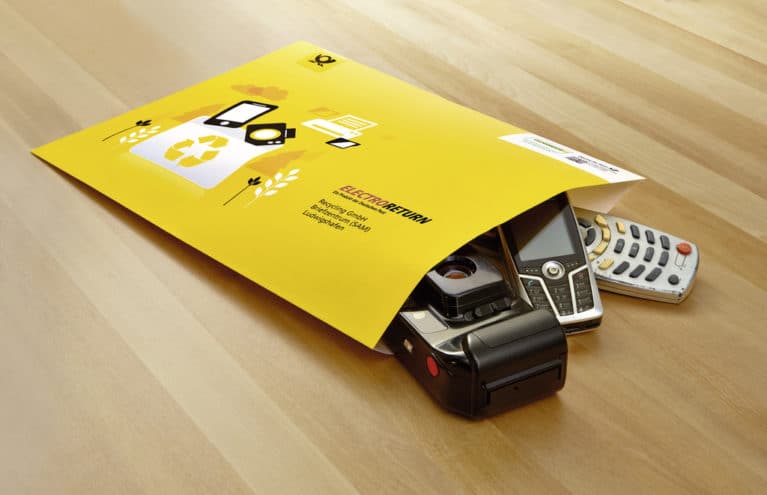An incredible number of electronic devices work using rechargeable lithium-ion batteries or non-rechargeable lithium-metal batteries. You only need to think about your smart phone. But pay attention. When you send these batteries, you need keep in mind specific laws. Here we have provided a brief outline of the most important points.
Which type of lithium batteries?
It is important to take a look at the legislation for the following lithium batteries.
- Batteries that are packed individually and sent. For instance, loose batteries/power banks.
- Batteries that are packed separately but are sent together with a device in the same box. For instance, a mobile phone with a replaceable lithium battery.
- Batteries that are inside a device and are therefore sent in the same box. For example: A tablet with an integrated lithium battery that cannot be removed or replaced by the user.
IATA regulations
To avoid risks and guarantee the safety of air freight, strict IATA regulations apply when transporting lithium batteries. Bear in mind that the sender is legally responsible for the safe transport by air of these types of goods and for compliance with the IATA regulations.
Some specific examples
Batteries inside a device, such as a smartphone or tablet, are permitted. The shipment may contain up to two packages, each containing up to 4 cells or 2 batteries in the device. This restriction of two packages per shipment entered effect on 1 January 2017.
Loose batteries, extra batteries and power banks are not permitted.
Keep us informed
To avoid any problems, and to make sure that you are respecting the IATA regulations, please inform DHL Express in advance if you intend to send a shipment containing lithium batteries. Our team of experts will be pleased to assist you with the new IATA regulations for hazardous goods.




